This tutorial will detail with testing PNP and NPN configured transistors using a multimeter. After reading this, you will be able to find out configuration of the device as well as find out its collector, emitter and base.
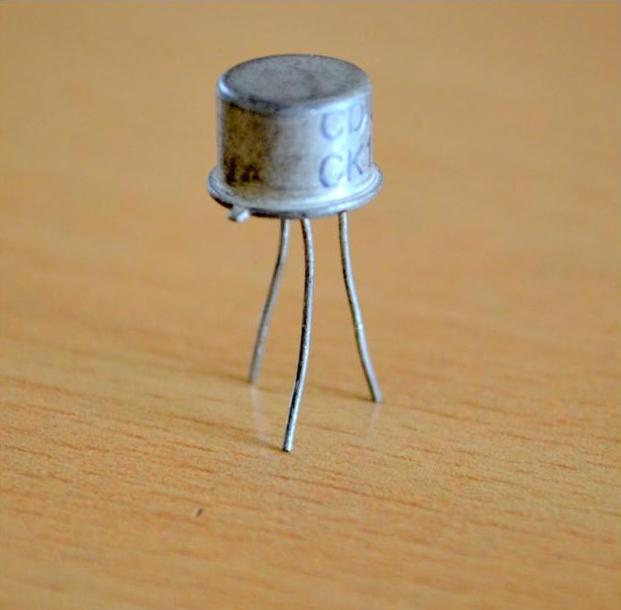
Fig. 1: Image of a transistor
Step 1:Transistor Function on Multimeter.

Fig. 2: Image showing Transistor function region in multimeter
If the model number is not known, it is impossible to detail about the type of transistor just by looking at it. To ease the process, multimeters come with a function where one can calculateHfe or small signal Forward Current Gain of a bipolar transistor.
Apart, from detailing with the forward gain value, the Hfe function solves two problems.
{C}{C}{C}{C}{C}1. {C}{C}{C}{C}{C}Type of the transistor can be found.
{C}{C}{C}{C}{C}2. {C}{C}{C}{C}{C}Collector, Base, Emitter terminals can also be known.
Step 2:Checking Transistor
a) Testing an NPN Transistor.
·Place the three legs of the Transistor first in the E-B-C formation. The multimeter will show the reading if this formation is correct, else it will show over range.
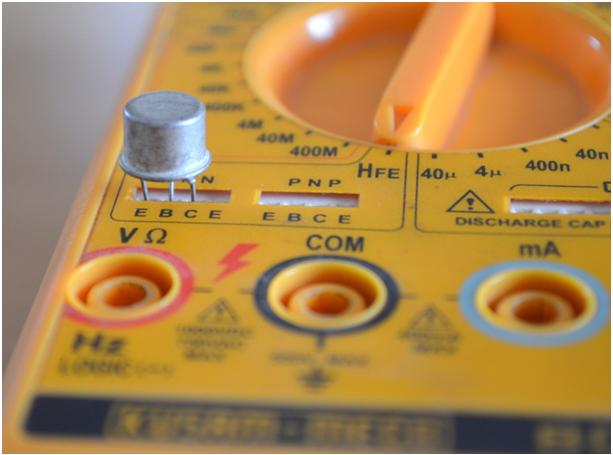
Fig. 3: Image showing transistor placed in transistor region of multimeter
· If the previous method doesn’t work, place the three legs of the Transistor in the B-C-E formation. If multimeter shows reading then it’s correct. The reading is nothing but thr HFE of that transistor.
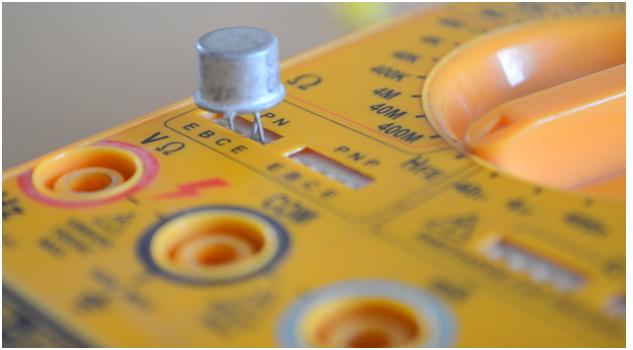
Fig. 4: Image showing transistor placed correctly in transistor region of multimeter
b) Testing PNP Transistor.
· Place the three legs of the transistor in the same manner as discussed above.
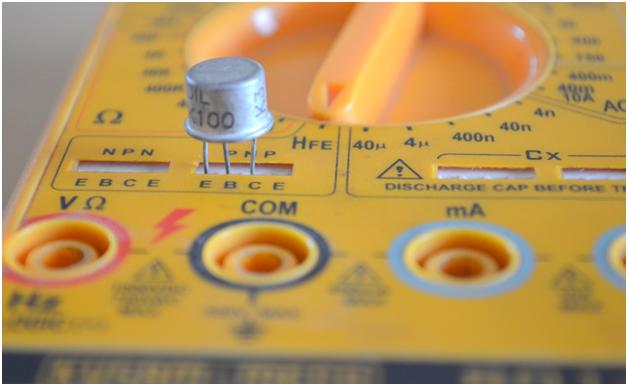
Fig. 5: Image showing PNP transistor placed in transistor region of multimeter
· After placing the transistor in the correct formation, multimeter would show the Hfevalue of the transistor.
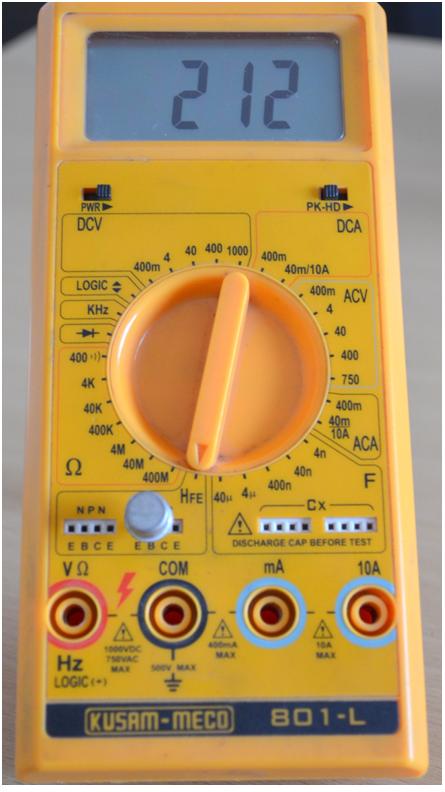
Fig. 6: Image of multimeter showing HFE value of PNP Transistor
Filed Under: Tutorials


Questions related to this article?
👉Ask and discuss on EDAboard.com and Electro-Tech-Online.com forums.
Tell Us What You Think!!
You must be logged in to post a comment.